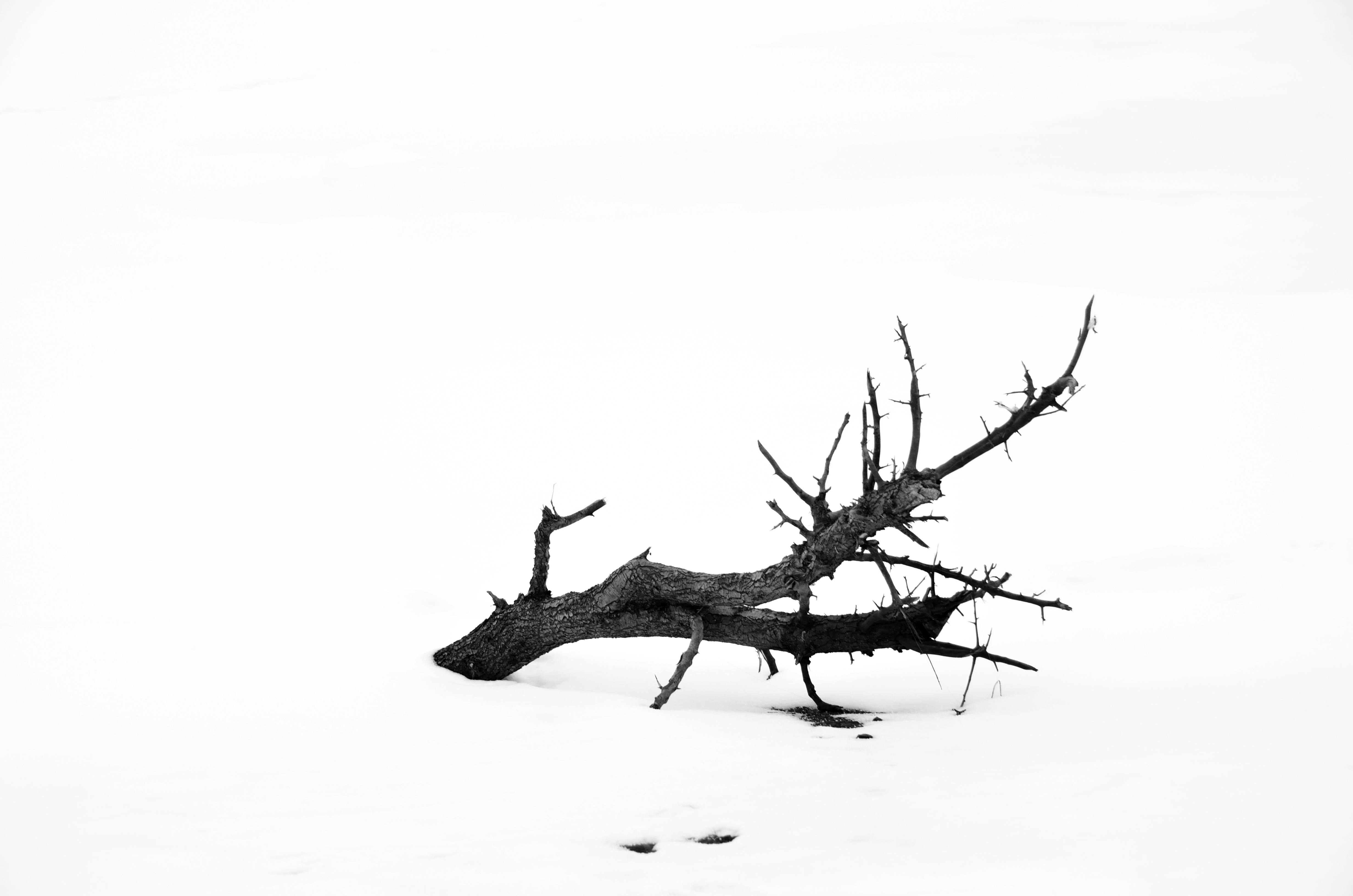Do you need to work in isolation?
For many, isolation can be a real challenge. We need to make the upper part of our body do one thing while the lower part do something else. And that is just the beginning. As the dance progresses, you will find that you will need some parts of your body to remain still while other parts move. No matter how well you do it, it seems like you always need to improve. However, many just want to be able to isolate themselves up to a point. If this is you, then this article is for you.
Why is isolation important?
I am writing this article from the perspective of social dance (or as a couple). The role of isolation in dances like hip-hop is obvious – it looks good. However, the same is true of social dance. It just looks best when a couple appears to slide because their top lines move horizontally as their legs carry them across the floor. In dances like the cha-cha, it is even more extreme as the hips appear to be almost independent of the chest and above.
Peter Lovatt’s (a dance scholar) research on what we find attractive in dance found that we basically like dance where there is contrast. It seems that consistency does not excite us. Instead, we like to dance when it seems inconsistent and it’s harder to understand how it works. Out of curiosity, one of the most attractive dances found was the dance routine performed for ‘Greased Lighting’ in the musical ‘Grease’.
This is why you need to work on your isolation – you’ll look better on the dance floor.
Why is so difficult?
There are three things that can make isolation difficult. They are:
1. It requires muscular strength
2. Requires muscle control
3. The feeling does not align with the looks
The former can be easily improved with any type of exercise. The dance itself would be a great exercise. However, hitting the gym and working the muscles primarily associated with isolation (the core) would probably be more beneficial.
The second is something that will develop with the practice of dance. However, not just dancing; In fact, practicing isolation in dance is essential. Isolation is not a natural thing and you need to practice.
However, the third point is probably the biggest problem.
You may feel like you’ve isolated yourself, but when people see you, they don’t agree. It doesn’t matter how hard you work on it, because you can’t get that feedback on how you are isolating yourself, you can’t get better at it. This is what really makes isolation difficult: you can’t know what you’re doing.
To do?
Like I said earlier, strength and control can be worked out quite easily. Let’s talk more about aligning your physical feeling with visualization.
The key is to align your viewing senses with your kinesthetic senses.
Many of us generally have a greater tendency to use one of the three senses (visual, kinesthetic and auditory). In this case, no matter what your preference is, you need to improve your visual and kinesthetic.
Audition is still important to dance, but right now it’s about the other two.
You need to develop the ability to be sure of how you look based on how you feel. This is a feedback system. I mean, based on the way it feels, you know what it looks like. There is no feedback from any visual cue, you just know it’s correct.
Here are two methods to help you develop this feedback ability:
1. Dance in front of the mirror. This one is actually pretty obvious. It also explains why dance studios have so many mirrors. By seeing how it looks and aligning that with what you feel, you can begin to calibrate your kinesthetic senses with your visual senses. However, if you pay attention to this specifically, you can enhance the effect. So check your isolation in front of the mirror at least once a day.
2. Keep your hands in view (shoulder width and height apart) while moving / rotating your upper body in relation to your lower body (perhaps practicing a waltz twist, for example) or while moving the hips independently of the rest of the body (practicing Latin hips for example). You will often think that your upper body remains horizontal or still while you move the rest of your body. But once you have your hands in front while doing this, you find that they frequently move in undesirable ways. Once you notice this movement in your hands, you can begin to correct it. Do this with a variety of movements (dance and non-dance) that require isolating your upper body from your lower body.
Each of these basically takes practice. The more you do them, the better you will feel a good isolation and the better your dance will be.
Resume
Isolation is difficult, but we have to be good at it to look good when we dance. It’s difficult especially because we don’t feel good about it. By using exercises that allow us to see how well we are isolating ourselves, we improve our sensation and then dance better. Once you know what to do to improve it, it is just a practice case.

